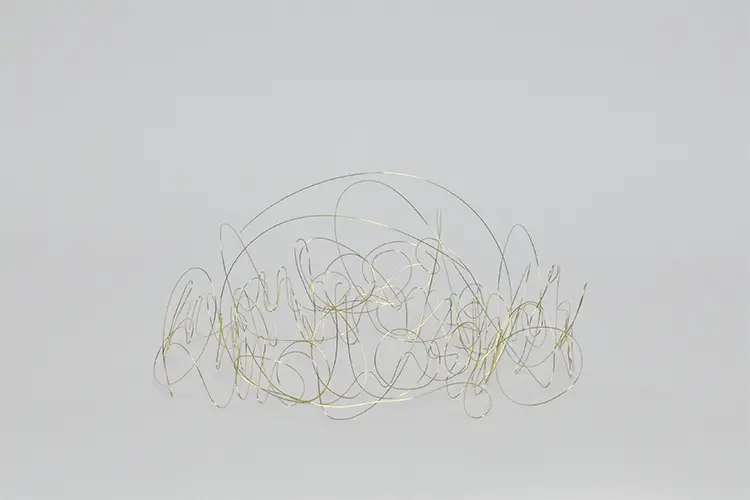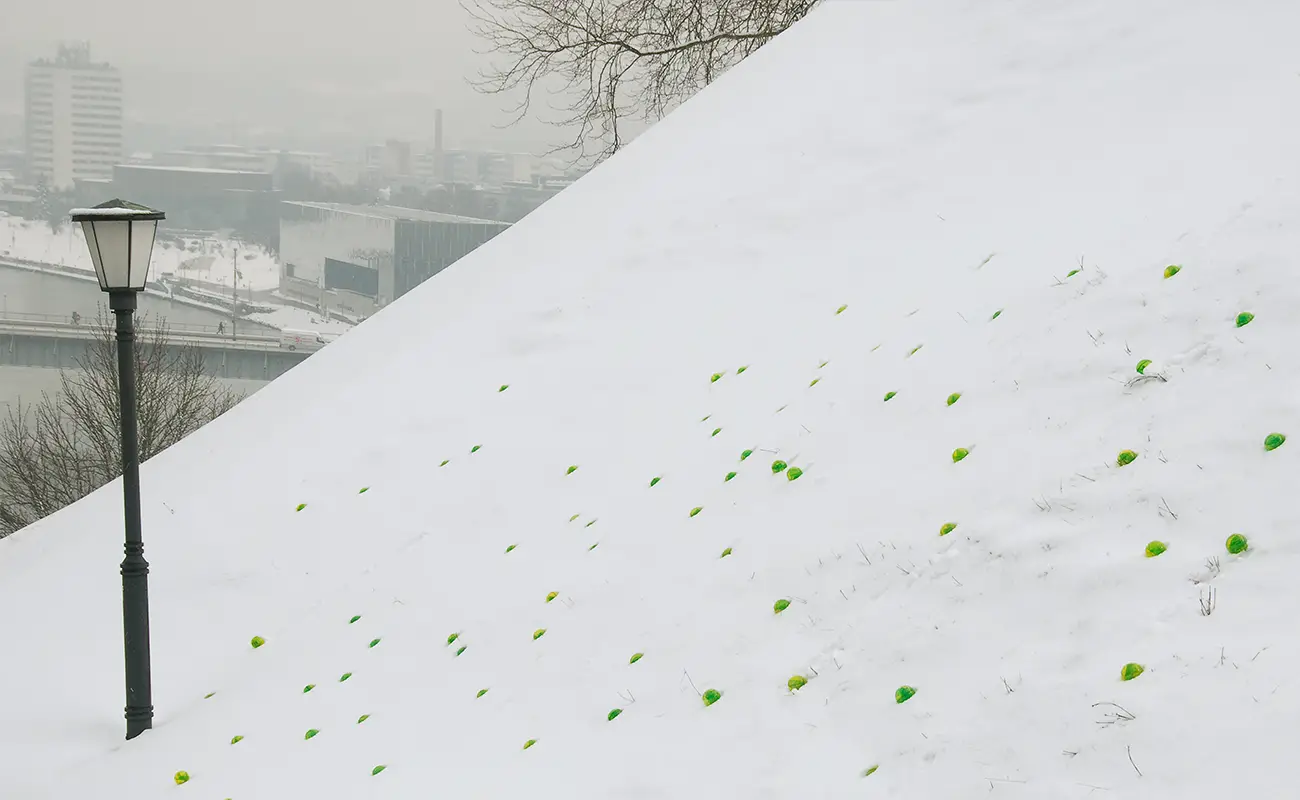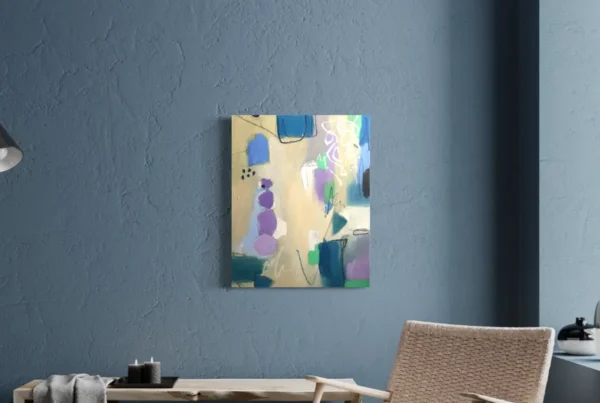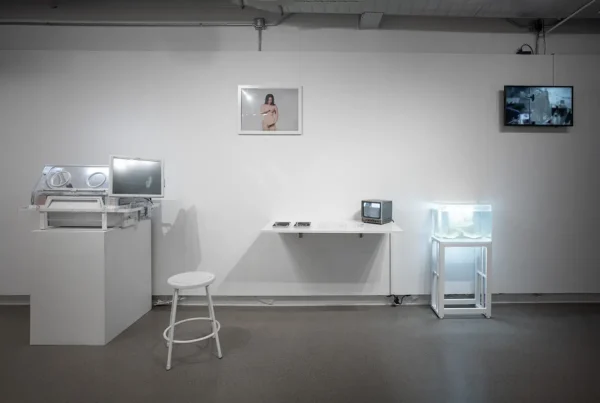“My intention is to enable an unfamiliar view of the existing and therefore create a new way of perception.”
Resonance of Origins
Sonja Meller‘s artistic path finds its roots in Salzburg, Austria—a place where creativity is embedded in the cultural atmosphere. From early childhood, she felt a strong pull toward imaginative expression, encouraged by family and nurtured by teachers who introduced her to an array of artistic forms and disciplines. Her formative experiences laid a solid foundation, ultimately guiding her to pursue formal studies at the University of Arts Linz and later at the San Francisco Art Institute. These institutions became crucial in shaping her intellectual and creative outlook, bridging European and American influences within her practice.
The cross-cultural exposure gained through her education sharpened her conceptual awareness and broadened her technical skill set. In Linz, she encountered rigorous academic inquiry into art history and theory, while in San Francisco, she embraced experimentalism and freedom of form. This duality—structured thought combined with exploratory practice—has become a key feature in Meller’s approach. Her early years not only solidified her passion for visual expression but also introduced her to the value of adapting technique to suit content, an idea she continues to embrace today.
Now an artist with an international perspective, Meller carries with her both the intimacy of her Austrian upbringing and the expansive mindset cultivated abroad. These dual influences enrich her work with a sense of nuance and complexity. Her artistic journey is not merely a linear progression but a constellation of interconnected experiences, each informing her evolving perspective. Whether drawing from childhood memories or academic rigor, Meller continues to use her background as a dynamic reservoir for inquiry and innovation.
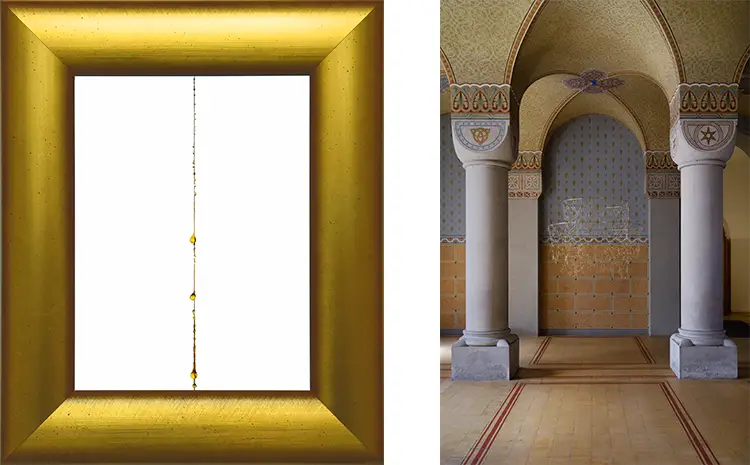
Sonja Meller: Interrogating the Familiar
At the core of Meller’s practice lies a deep engagement with the structures and symbols that define everyday life. Her work is conceptually driven and context-sensitive, frequently addressing themes such as myth, ritual, social behavior, and historical environments. She does not confine herself to a singular medium; instead, she selects materials and formats—ranging from installations and objects to performance and drawing—based on their ability to express specific conceptual frameworks. This adaptability enables her to navigate fluidly between the poetic and the political, the intimate and the public.
A central element in her methodology is the reconsideration of perception. Through experimental and conceptual strategies, Meller constructs interventions that encourage audiences to pause, reflect, and reassess. She frequently infuses her works with humor and irony, disarming viewers and opening pathways to deeper interpretation. Her pieces are often ephemeral, designed to exist briefly before vanishing, highlighting the fragility of memory and the transient nature of experience. This fleeting quality emphasizes the importance of presence and attentiveness, reminding viewers that meaning is not always embedded in permanence.
One of Meller’s signature strengths lies in her sensitivity to materiality. She does not choose media arbitrarily; each element is selected for its semantic and sensory qualities. Sound, scent, and texture are often just as crucial as visual composition. Rather than presenting static objects, she crafts immersive encounters that rely on atmosphere as much as on form. In doing so, Meller invites a deeper kind of participation, transforming passive viewing into an act of quiet investigation. Her artistry lies in creating works that resonate emotionally while remaining intellectually open-ended.
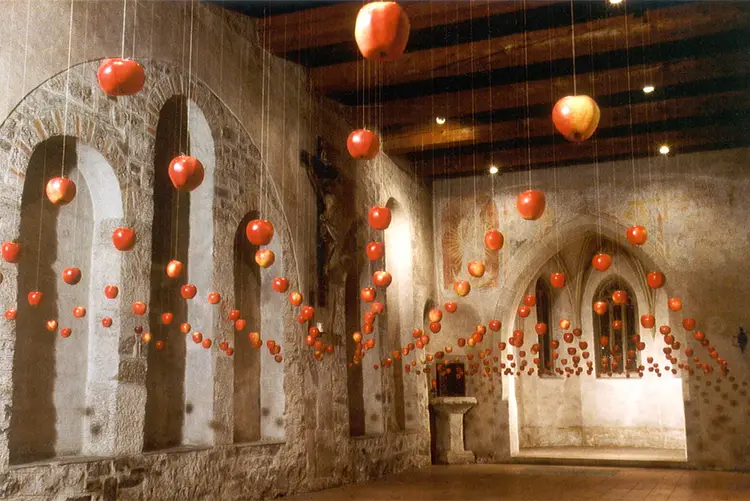
Reframing Experience through Installation
Among the many projects Meller has conceived, Honighimmel (“Heaven of Honey”) stands as a defining moment in her career. Installed within Salzburg’s Kollegienkirche, the work exemplifies her capacity to merge architectural space with poetic vision. A single, delicate thread was suspended from the baroque dome, guiding a slow, continuous stream of honey from an invisible source high above. The golden liquid descended silently into a bowl below, releasing a sweet fragrance and casting glimmers of light that resembled a living sculpture. The installation captured the imagination with its quiet drama and meditative pace.
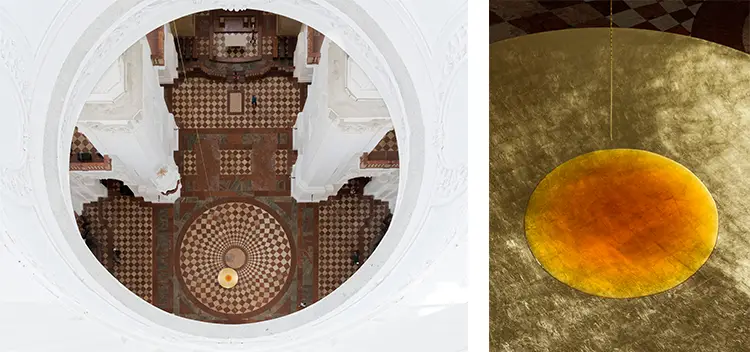
What made Honighimmel particularly powerful was the interplay between visibility and invisibility. Because the thread began 55 meters above the viewer’s head, the origin of the honey seemed mysterious, even divine. This ambiguity invited speculation and wonder, qualities that Meller often seeks to evoke. The piece existed not only in physical space but also in psychological space, prompting audiences to reconsider the act of looking itself. Its ephemeral nature—the eventual dissipation of scent, the slow depletion of honey—imbued it with a kind of temporal sanctity that lingered long after the installation was dismantled.
This work also illustrates how Meller uses sensory engagement as a conceptual tool. The scent of honey, its viscous movement, and the golden shimmer all contributed to an experience that was both corporeal and contemplative. It was not a work that demanded interpretation so much as it asked for presence. In Honighimmel, Meller succeeded in transforming a grand ecclesiastical interior into a place of intimate attention, using minimal means to maximum effect. The installation reaffirmed her belief that perception itself can be reshaped through subtle, sensory provocations.
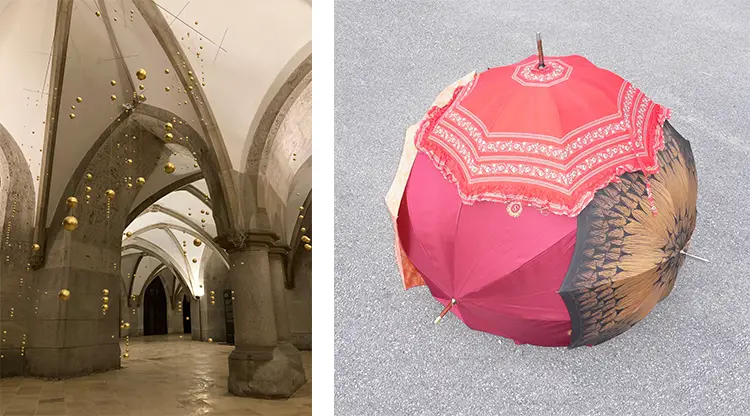
Sonja Meller: Shifting Boundaries through Influence
Meller’s inspirations are diverse, stemming not only from her physical surroundings but also from poetry, cinema, and the exhibitions she encounters in her daily life. She draws energy from these external stimuli, weaving them into her projects in ways that feel both personal and expansive. Her admiration for artists such as Nevin Aladag, Gordon Matta-Clark, Oscar Muñoz, and Doris Salcedo reflects her affinity for practices that challenge conventional narratives and emphasize context, memory, and social critique.
Rather than modeling her career on any single figure, Meller synthesizes a wide spectrum of approaches. The ephemeral environmental works of Christo & Jeanne-Claude, the text-based compositions of Gerhard Rühm, and the performative provocations of Yoko Ono all contribute to her expansive view of what art can be. Each influence is not simply admired but absorbed into her own methodology, enriching the vocabulary with which she constructs her ideas. This openness to multiple voices enables her to adapt and respond with agility, a hallmark of her evolving artistic identity.
Throughout her practice, Meller resists the idea of a fixed medium or style. Instead, she navigates her projects with conceptual agility, choosing materials based on their ability to convey specific atmospheres or trigger particular associations. Whether working with sound, space, or impermanence, she maintains a consistent commitment to creating work that reframes the familiar. Her art is not about final answers but about opening new perspectives. Through this fluid, responsive approach, Meller continues to shape a distinctive and thoughtful trajectory within contemporary art.
